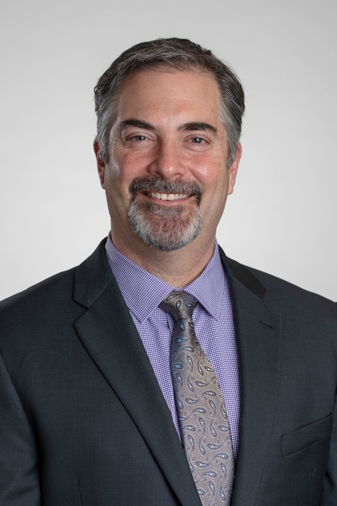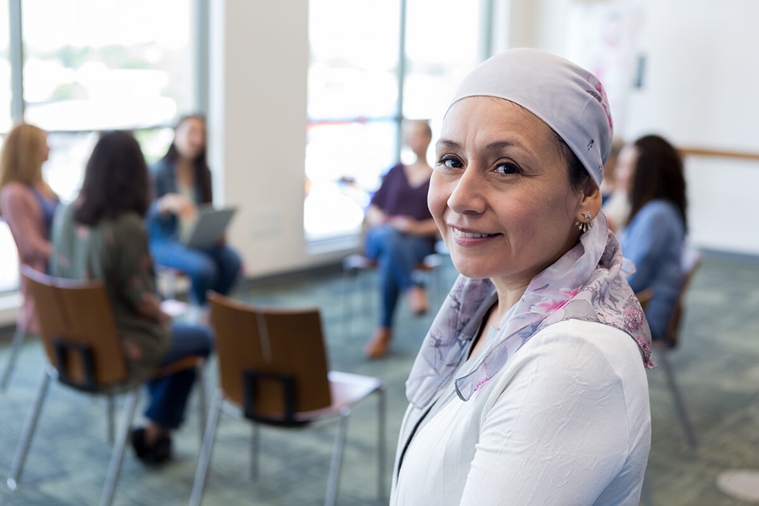3 Threats To Quality Of Life
Jun 6, 2022

The key to living well later in life? Get ahead of health concerns.
What quality of life do you have now? What quality of life do you hope to have in the future? That’s what Melissa Davis, RN, asks her aging patients.
“We’re living longer, but that doesn’t mean we’re living better,” the Adventist Health St. Helena stroke program manager says. “We need to reflect upon our life today — what we do, what we eat — and be brave enough to take that first step to help our health.”
Davis breaks down common threats to our health as we age and how to manage them.
Heart disease
Why it’s a threat:Heart disease is the top killer of both men and women in the U.S., and risk increases with age.
How to recognize it:Chest pain or discomfort is the most common sign of a heart attack. You also might feel pain in your neck, arms or upper back. Other symptoms include shortness of breath, weakness, fatigue or nausea.
What to do about it:Your lifestyle today can help prevent heart disease in your future. There are three keys: eating a low-fat, low-sodium diet, exercising regularly and not smoking.
Pay close attention to your family history, even if you’re active and eat well. “If heart disease is in your family history, you are still going to be genetically predisposed,” Davis says. In 2020, Adventist Health St. HelenaReceived two Five-Star Quality Awards for its Cardiac Care.
Depression
Why it’s a threat:Older people have a heightened risk for depression due to increased stress, isolation, medical problems and more.
How to recognize it:It can be hard to distinguish between symptoms of depression and everyday things we associate with aging, like becoming more sedentary. Look for signs like withdrawing from loved ones, feeling hopeless and having trouble sleeping.
What to do about it:“You need to be really careful about those feelings,” Davis says. “If you’re isolating, that’s a clue.” Talk to a therapist or ask your provider for a referral to a psychiatrist for help.
Stroke
Why it’s a threat:Your risk for stroke more than doubles each decade after age 55.
How to recognize it:Stroke symptoms come on suddenly, and the person experiencing them may not recognize what’s happening. Watch for trouble speaking, severe headaches, balance issues, and numbness or weakness, particularly on one side of the body.
What to do about it:“It’s never too late to change one thing, like quitting smoking or prioritizing healthy diet and exercise,” Davis says. If you notice the above symptoms, call 911 immediately. In 2021, Adventist Health St. Helena received anAdvanced Primary Stroke Center certification.
Related articles

Breast Cancer Awareness: Five ways to screen for breast cancer at home
October 3, 2020

Coon Joint Replacement Institute Welcomes Orthopedic Surgeon Dr. Michael Caravelli
January 28, 2021

A Time to Heal Program Supports Cancer Survivors
May 20, 2021